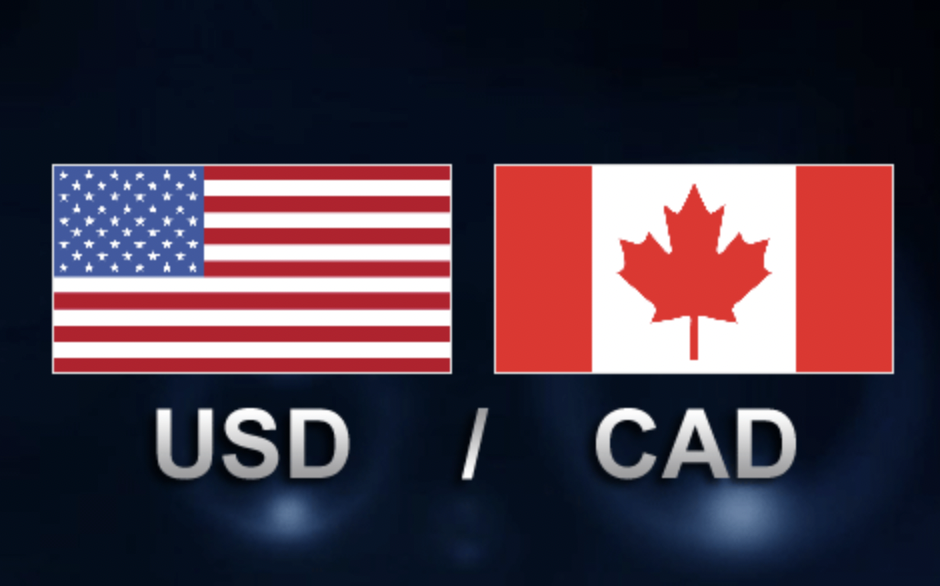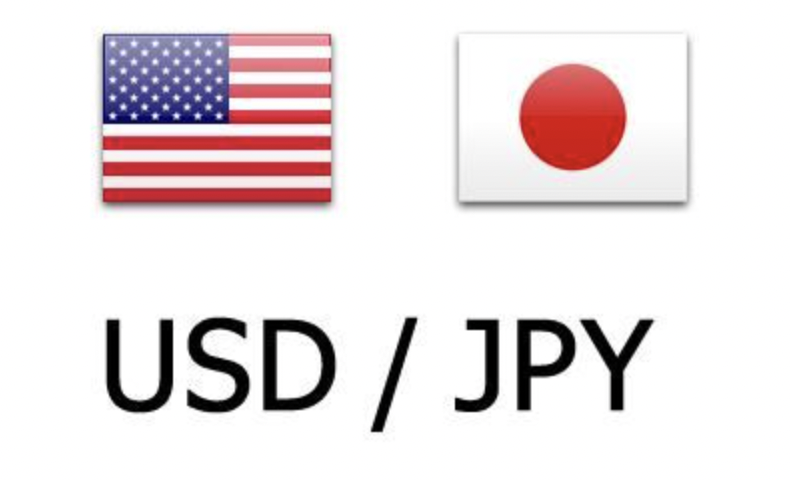
Alina Haynes
Apr 17, 2023 13:53

On Monday morning, the GBP/USD currency pair retested an intraday low of 1.2390 after extending Sunday's decline from a 10-month high. To provoke adverse after breaking a four-week uptrend, the Cable pair explains the most recent concerns emanating from the United Kingdom (UK) and the optimism surrounding the Federal Reserve (Fed).
According to the Financial Times (FT), "The Bank of England is considering a major overhaul of its deposit guarantee scheme, including increasing the amount covered for businesses and compelling banks to pre-fund the system to a greater extent to ensure faster access to cash when a lender collapses." The revelation fuels banking concerns in the United Kingdom and places pressure on the Cable duo.
UK Chancellor Jeremy Hunt's concerns about US subsidies may also be exerting downward pressure on the GBP/USD exchange rate as British firms rush to claim benefits before leaving the country. According to the news, "Chancellor Jeremy Hunt warned Sky News that Britain should be wary of any new subsidies, warning that they could undermine the economy and possibly even spark a protectionist trade war."
A larger-than-expected decline in US retail sales was unable to offset positive data from US industrial production and the University of Michigan's (UoM) consumer confidence index from the previous day. Despite this, US retail sales decreased by 1.0% in March compared to the predicted -0.4% decline and February's -0.2% decline. As opposed to the 0.2% market consensus and previous reading, Industrial Production increased by 0.4% in the month in question. The preliminary result of the University of Michigan's (UoM) Consumer Confidence Index for April, which increased to 63.5 from 62.0 analysts' expectations and previous readings, was also encouraging. In addition, inflation forecasts for the next year increased from 3.6% in March to 4.6% in April, while inflation forecasts for the next five years decreased by 2.9% during the same month.
Notably, Fed officials have recently appeared more hawkish than their BoE counterparts, which has exerted additional pressure on the GBP/USD exchange rate.
In this environment, the S&P 500 Futures exhibit modest gains following Wall Street's pessimistic close, while bond yields remain unchanged following weekly increases.
Moving forward, the current week is crucial for GBP/USD speculators as it contains a variety of high-quality inflation, employment, and UK PMI data. These data may be used to support the Bank of England's (BoE) officials' waning hawkish inclination and may keep bears in play. However, the US PMIs and Fed discussions should not be disregarded when looking for clear guidelines.

Apr 13, 2023 14:22
